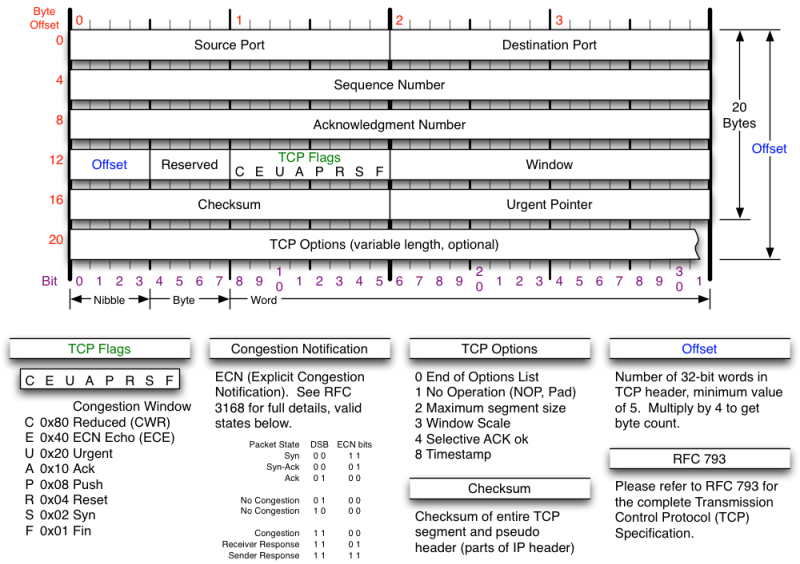
IPTV competes with another delivery model known as internet TV, which refers to television content distributed through a website via a broadband connection. The use of IP also enables providers to support various other services and applications, such as video on demand, interactive TV, livestreaming, in-program messaging and time shifting, a broad term for TV services that enable viewers to consume content in ways other than live broadcasts, e.g., digital recording, on-demand television shows and the ability to rewind or restart a live program already in progress.

How IPTV worksīecause IPTV uses a packet-based delivery system, it can be bundled with other IP-based telecommunication services, such as voice over IP and high-speed internet. Other common protocols include Real-Time Messaging Protocol and Hypertext Transfer Protocol. Multicast Listener Discovery is used on IPv6 networks. IPTV primarily uses IP multicasting with Internet Group Management Protocol for IPv4-based live television broadcasts and Real-Time Streaming Protocol for on-demand programs. Like cable television, IPTV requires a set-top box or other customer premises devices, such as a Wi-Fi router or a fiber optic or broadband internet connection. When a viewer changes the channel, a new stream is transmitted from the provider's server directly to the viewer. Content remains on the internet service provider's network, and only the program the end user selects is sent to the user's device.


The available program signals flow downstream, and viewers select programs by changing the TV channel.Īn IPTV service, by contrast, sends only one program at a time, i.e., a unicast format. In traditional television delivery, all programming is broadcast simultaneously in a multicast format. Compared to the public internet, a private network gives network operators more control over the video traffic and, by extension, the ability to ensure quality of service, uptime, bandwidth and reliability. IPTV content is often delivered over a managed or dedicated network, like Digital Subscriber Line connectivity. How does Internet Protocol television work?


 0 kommentar(er)
0 kommentar(er)
